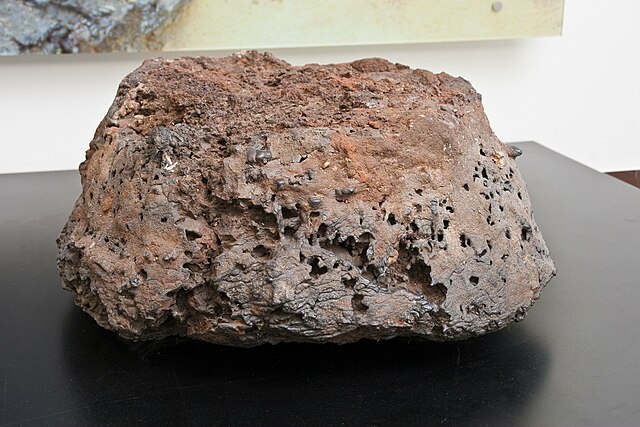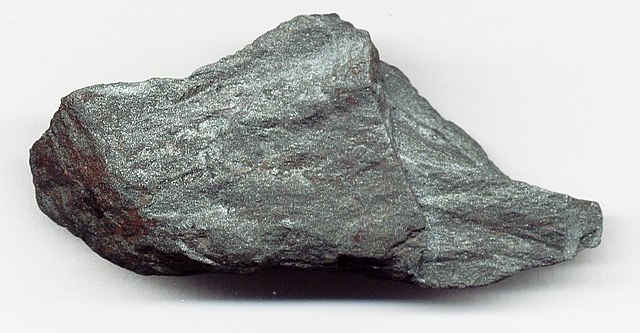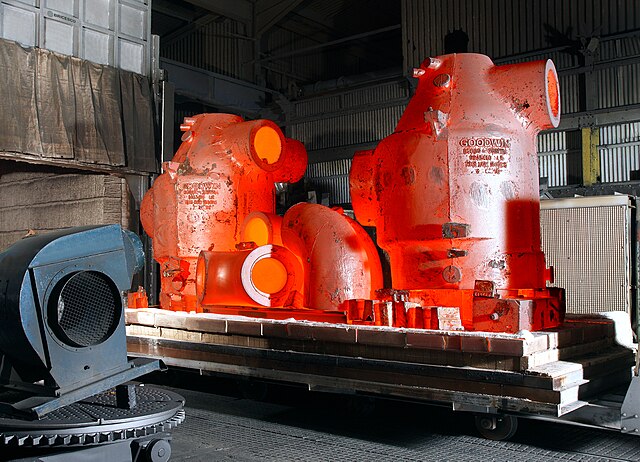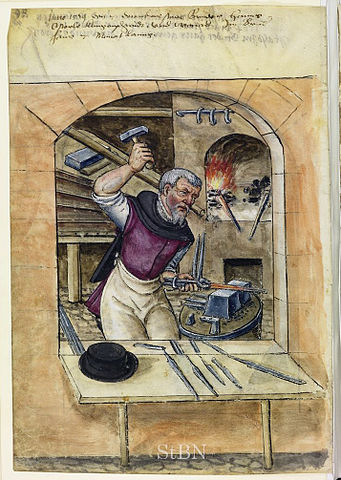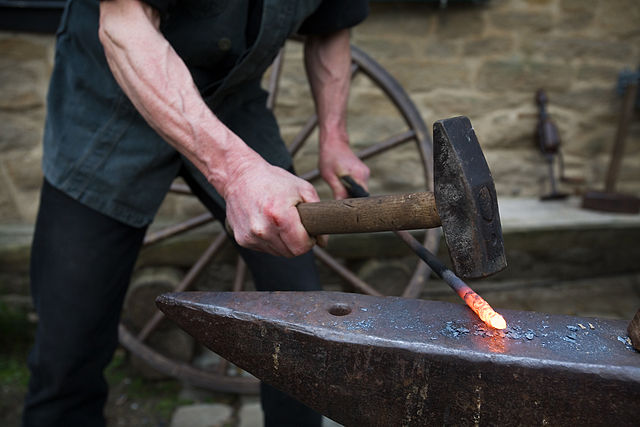We just learned about charcoal.
Another type of fuel used in blacksmithing is coal.
Coal is something that is mined or dug up from the ground.
It is made from old plants that turned to dirt and were buried and pressed underground for a long long time.
Blacksmiths use coal as a type of fuel to make other types of ashes that can be used to make different kinds of metal.

(from: wikipedia - coal)
Kid Facts - Blast from the past: Fujita Scale



